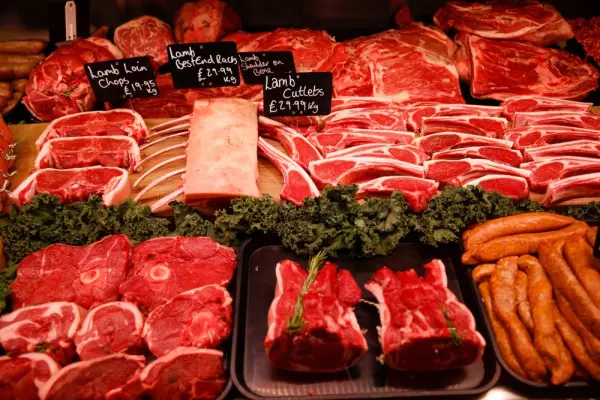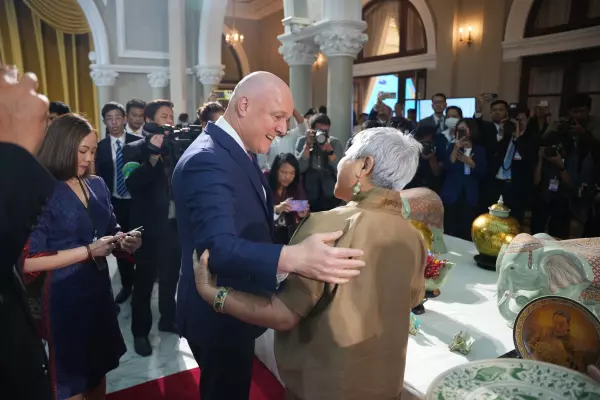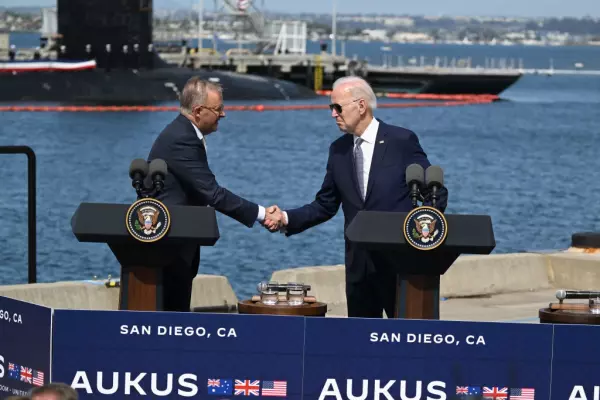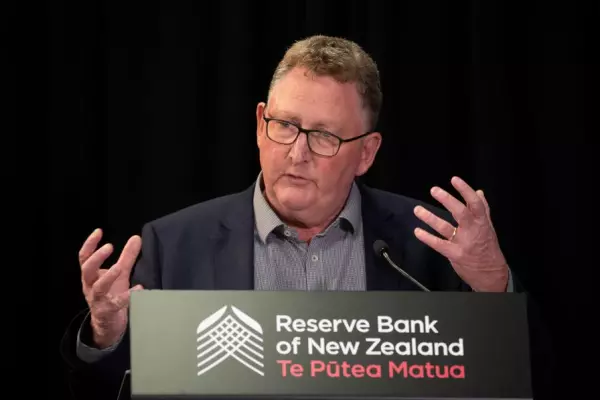Arthur Dunkel, the Swiss director general of the General Agreements on Tariffs and Trade (now the World Trade Organisation), once advised me to read every trade agreement backwards.
Forget the grand preamble, he argued, go straight to the annexes and the footnotes; that is where you will find the key hidden deals that unlock the long-term significance of the deal.
The free trade with the United Kingdom announced by the prime minister and trade minister Damien O’Connor is no exception to Dunkel’s astute observation. Among the significant outcomes of this excellent trade agreement is one hidden in paragraph 32 – the last paragraph of the detailed annex outlining the key principles.
It is: New Zealand will not seek additional tariff liberalisation or otherwise accelerated tariff liberalisation in the UK’s accession to the Comprehensive and Progressive Agreement for Trans-Pacific Partnership (CTTP) than agreed under the UK-New Zealand free trade agreement.
Before elaborating, let me be clear: this is an outstanding outcome for New Zealand. It puts to bed the tortured history of half a century of troubled negotiating trade history with the United Kingdom after it joined the then European Economic Community (now European Union) in 1973, when Britain accounted for almost 50% of total NZ exports.
The terms of Britain’s accession required us to reduce our exports year by year. This process – a systematic process of tightening the knot around our export economy – went on for 20 years until we managed to draw a line in the sand on further reductions, in the successful negotiations that led to the WTO in 1994.
There was, however, an upside. It kick-started a long overdue effort by our ‘team of three million’ to refocus on Asia and Australia.
As a young Treasury official, I can still remember our political leaders of the day, from Norman Kirk through to Brian Talboys, repeating the mantra ‘we must diversify, diversify, diversify’, as if it were advocating a vaccine to the slow spread of a pandemic of creeping protectionism that was strangling our export economy.
The deal announced by the government on Thursday starts a process of reversing that ugly history, and all New Zealanders should be delighted about that.
The Māori economy, in particular, which is so dependent on our exports of food, fish and forestry, both in terms of Māori assets and Māori employment in provincial and rural Aotearoa, will be a major beneficiary of this, whatever texts are finally negotiated in detail on the indigenous chapter.
Big winners
Recall this data point alone – our meat processing industry is one of the big winners from this agreement. The 56 meat processing plants comprise the largest single source of manufacturing employment in Aotearoa: some 25,000 jobs. Many of these jobs are located in provincial and rural NZ, where a large proportion of Māori live.
There will be those grumbling about the long time to achieve full liberalisation. Ignore them. Points of detail aside, this deal is essentially a carbon copy of the earlier Australian/UK deal which correctly prioritised the quality of the result over the timetable.
Equally, it is highly probable those timeframes will be compressed in some review of the agreement down the track.
I have already drafted the 2028 press statement for the NZ trade minister announcing the results of the review of the FTA: “I and my British counterpart have today agreed to a number of changes to build on the success of our growing economic relationship, including an agreement to accelerate the phase-out of remaining barriers…"
There are many precedents for this political play to unfold.
However, I want to come back to the ‘sub-text’ of this deal – the reference buried at the very end of the annex regarding UK membership of the CPTPP. Recall that the ‘Comprehensive and Progressive TPP’ was what was left of the Trans-Pacific Partnership after President Trump so unwisely withdrew.
This provision, which mirrors a provision in the earlier Australian deal, now politically commits both of our countries to support British membership of the wider Asia-Pacific deal.
That is a good thing and would, once completed, transform the nature of the deal. First, by adding the world’s sixth largest economy to the agreement (which includes Japan, the world’s third largest economy), it would give it even more ‘heft’.
Second, last time I looked at a map, the UK was not floating in the middle of the Pacific or Indian oceans. British membership of CPTPP would transform the nature of the agreement from a regional to a global system of trade rules.
Unless the WTO in Geneva recovers its mojo, the significance of this will slowly dawn on strategic thinkers around the world.
But, Houston (sorry, I mean Washington), we have a problem.
China, already the dominant member of the other giant 16-country trade bloc (RCEP) wants to join the CPTPP too. Hidden behind these two appalling acronyms is a very large conundrum for NZ and Australia.
Day by day it is becoming clearer we are at the cusp of a grand redesign of strategic relationships in our region, but the other gorilla, the United States, is not in the room, providing strategic balance.
Is anyone inside the Washington beltway listening?











